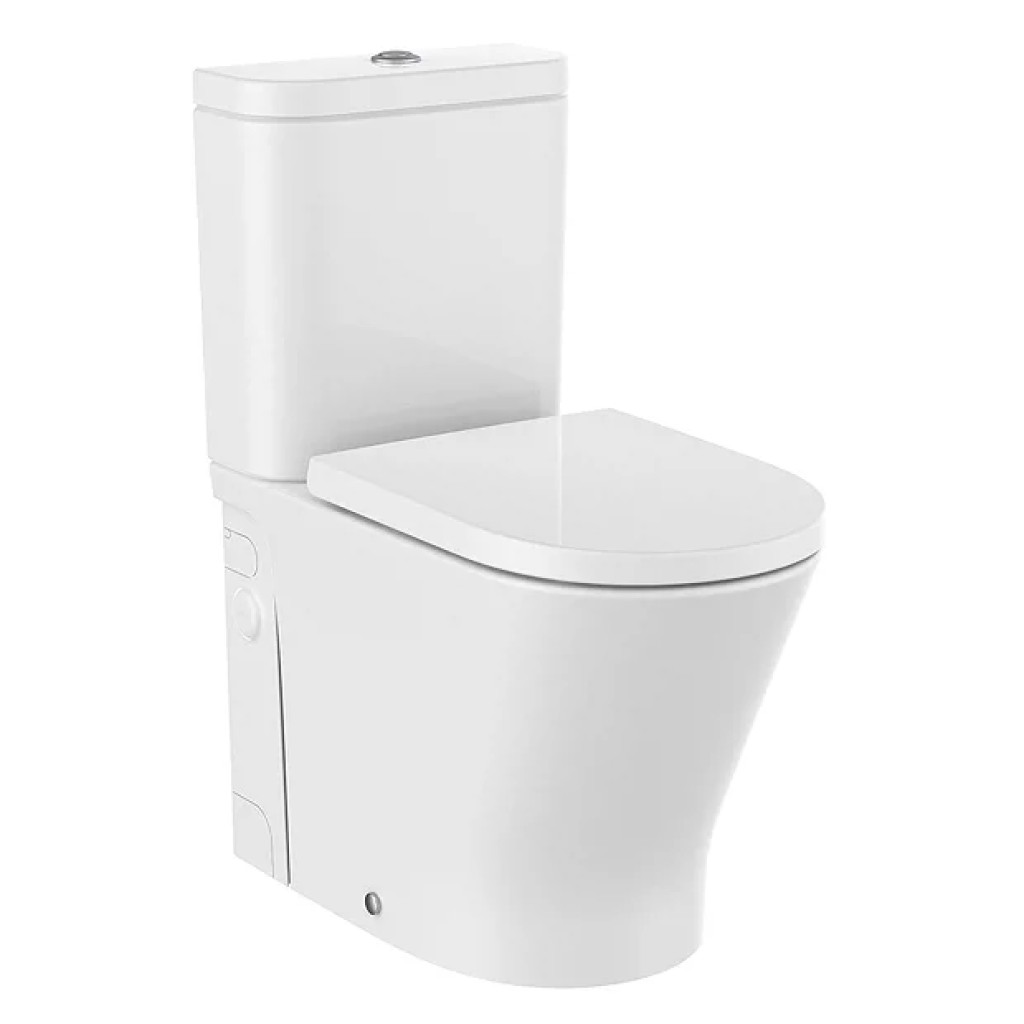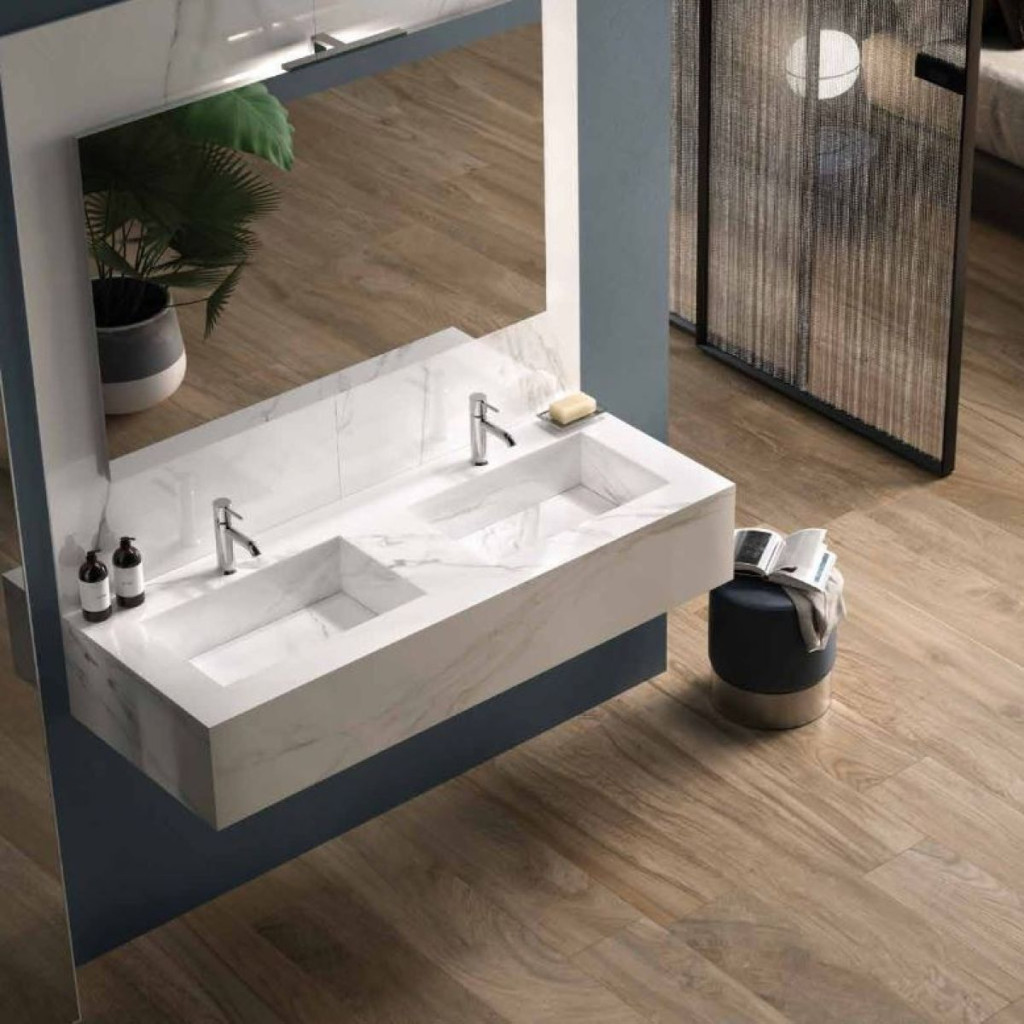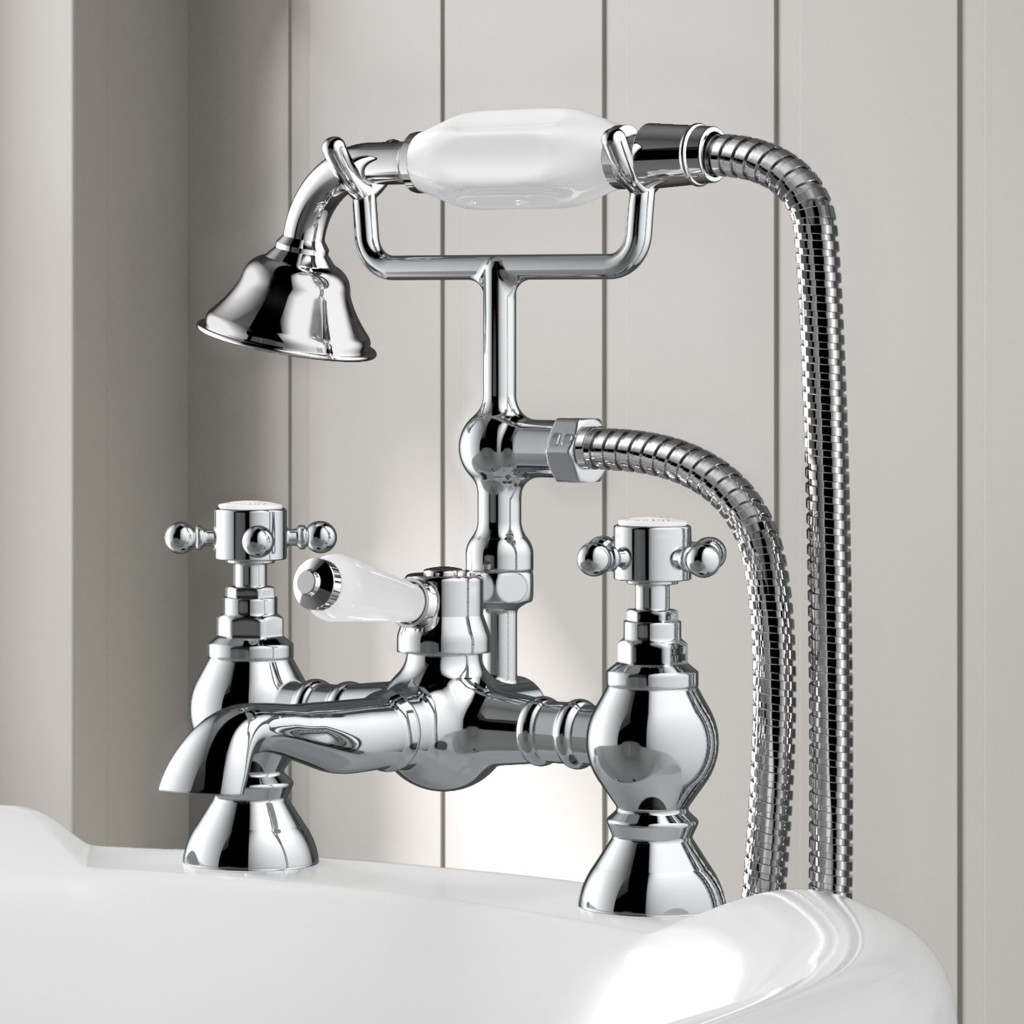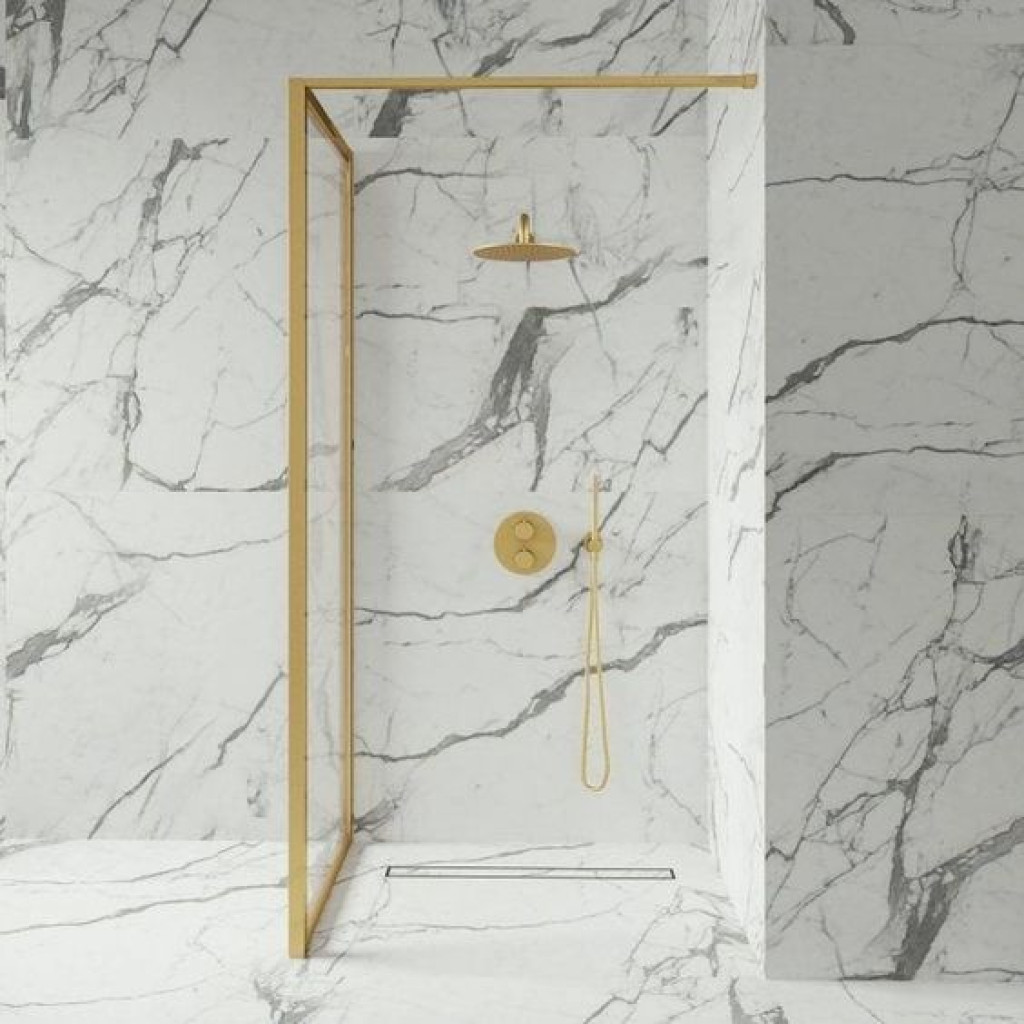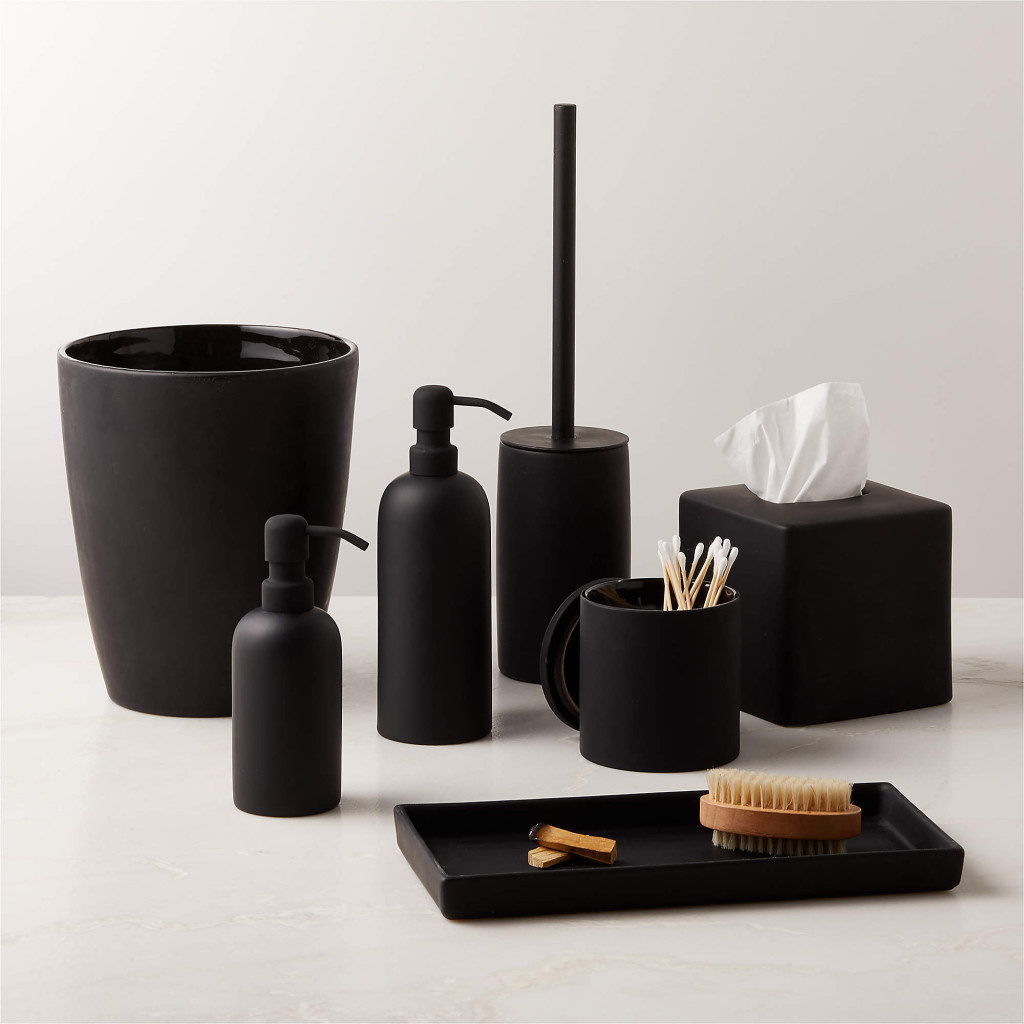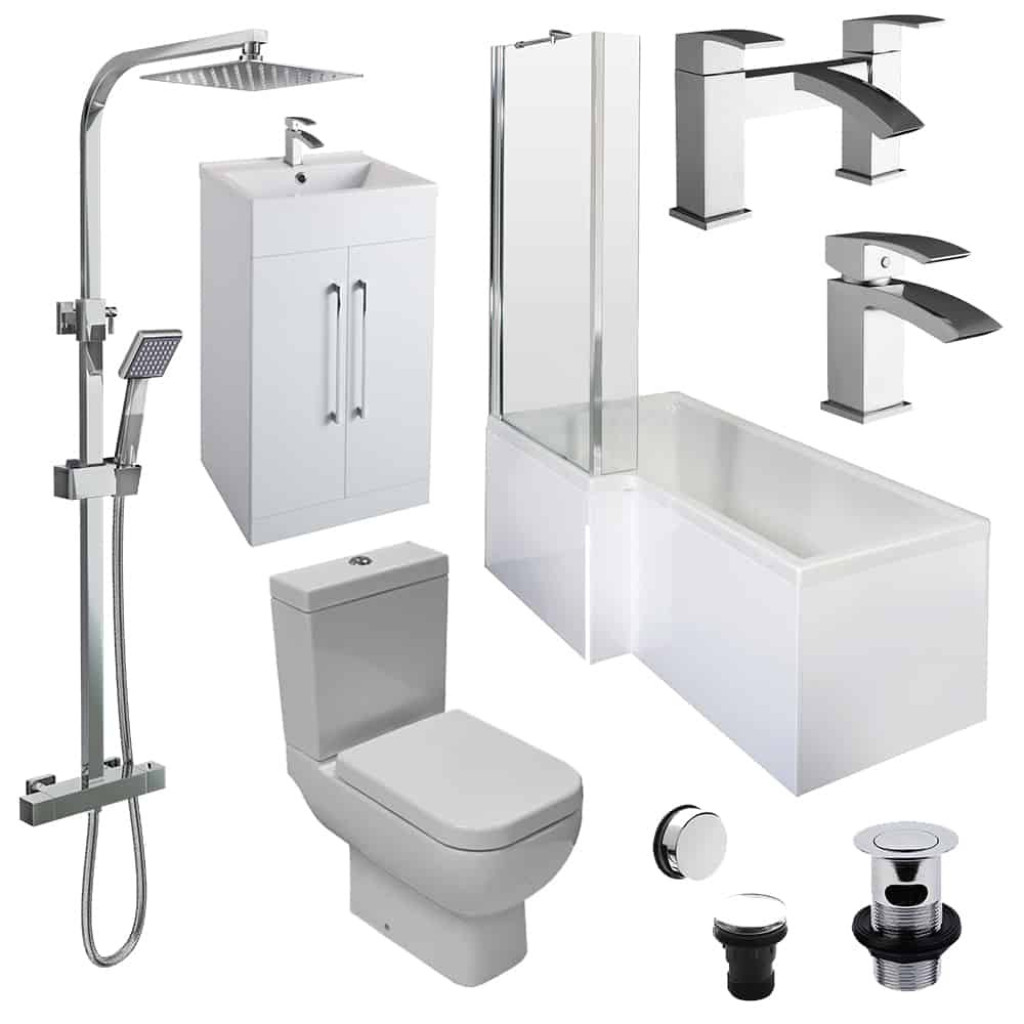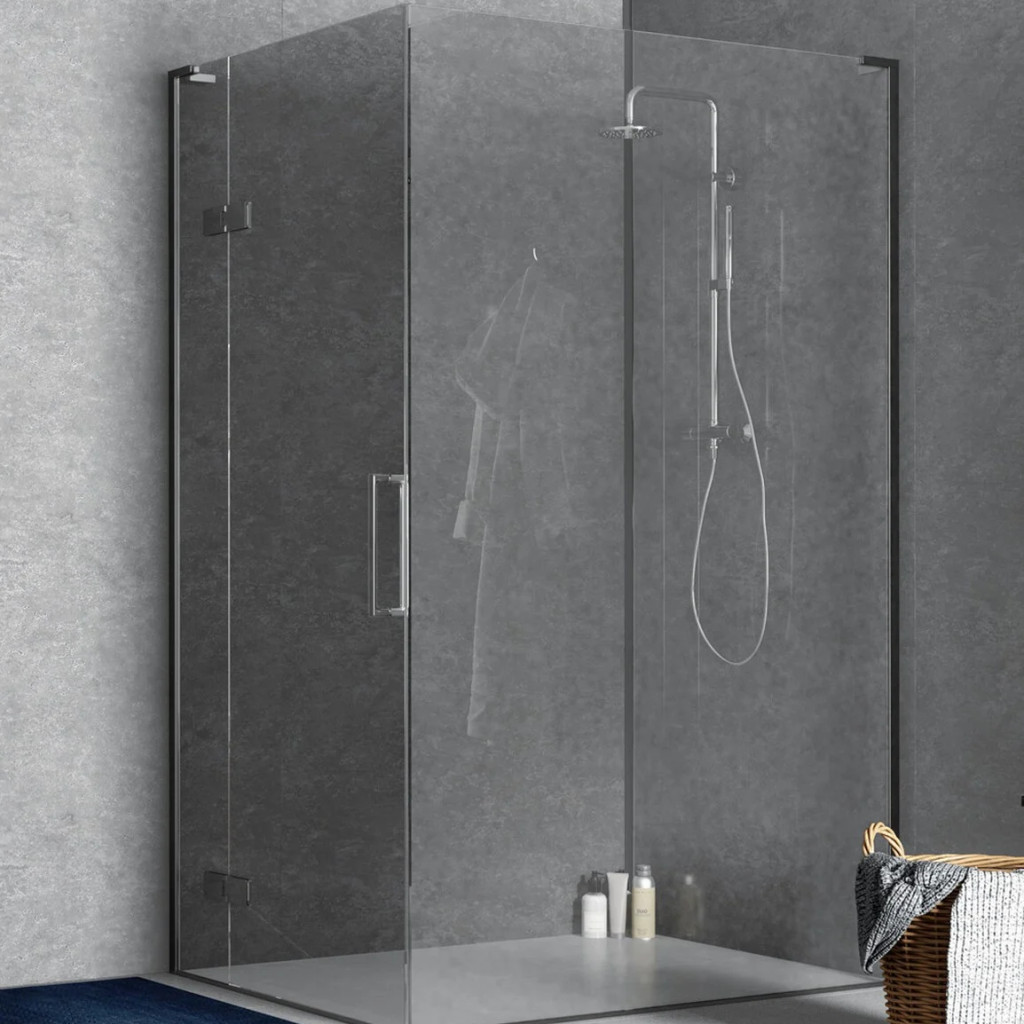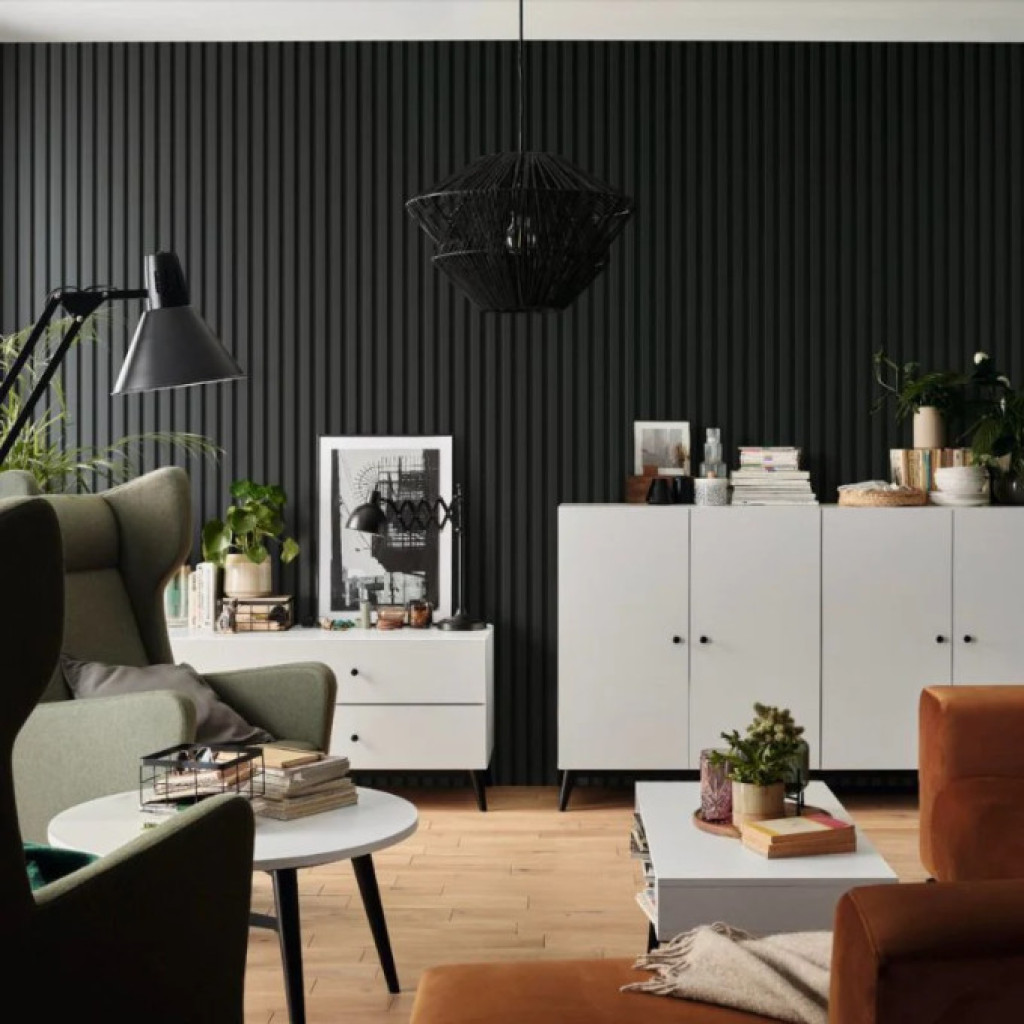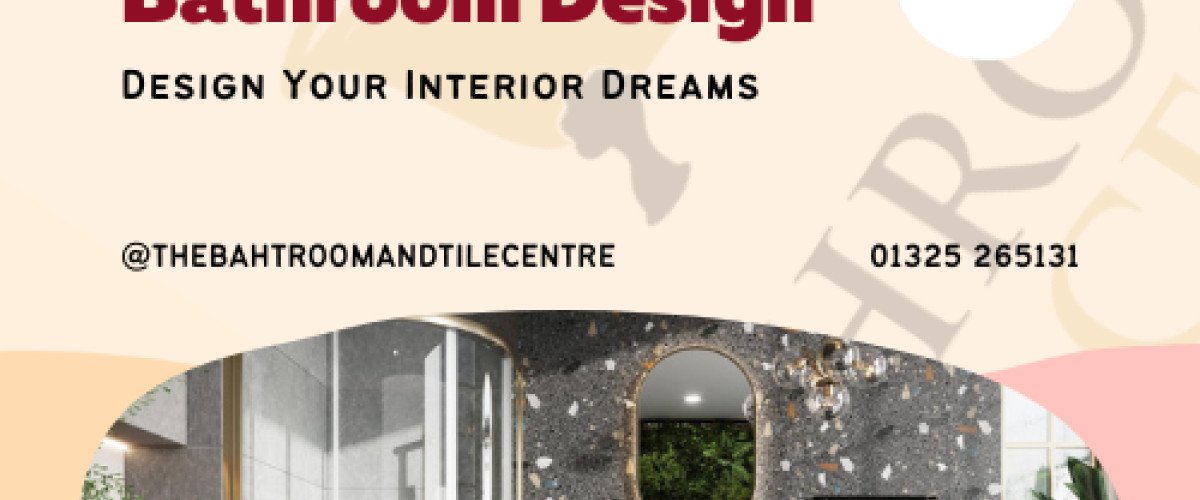
The bathroom, a once purely utilitarian space, has undergone significant transformation over the decades. From the basic outhouses of the past to the modern spa-inspired designs, bathrooms have reflected societal changes, technological advancements, and evolving aesthetic tastes. Let’s dive into the captivating evolution of bathroom design through the ages.
Ancient Civilizations:
Bathing as a Social Affair
Ancient Rome: The Romans were renowned for their elaborate bathhouses. These were not just places for personal hygiene but were integral to social life, a place for leisure, relaxation, and even conducting business.
Ancient Greece: Public baths in Greece were commonly attached to gymnasiums. They believed in both physical fitness and cleanliness, making the two activities intertwined.
Middle Ages to the Renaissance:
From the Basic to the Beautiful
During the Middle Ages in Europe, bathing was a rare luxury. Public bathhouses existed, but with the onset of various plagues, they became associated with disease.
By the Renaissance, however, bathing started to regain its importance, and design aesthetics started to creep into the once basic bathrooms, especially among the wealthy.
Victorian Era:
The Birth of Modern Plumbing
The 19th century saw a significant shift. With the advent of indoor plumbing, homes began to have their own bathrooms.
Tiled floors, clawfoot bathtubs, and decorative sinks became emblematic of this era. The bathroom began its transformation into a personal sanctuary.
Mid-20th Century:
Functional and Streamlined
Post-WWII, bathrooms took on a more functional, streamlined appearance.
Pastel-colored tiles, built-in tubs, and a focus on sanitation and hygiene were the trends of the 1950s and 60s.
Late 20th Century to Early 21st Century:
The Spa-Inspired Bathroom
As we approached the 21st century, bathrooms began to incorporate luxury and comfort. Designs became spa-inspired, with a focus on relaxation.
The inclusion of jacuzzis, rainfall showerheads, and even saunas became more common.
Sustainability started playing a crucial role in design. Eco-friendly fixtures, water-saving faucets, and other green innovations started becoming mainstream.
Today:
Smart, Sustainable, and Stylish
The modern bathroom is a blend of functionality, style, and technology.
Smart showers, voice-activated mirrors, and automated lighting are just the tip of the tech iceberg.
There's also a resurgence of vintage designs, merging the old with the new. Clawfoot tubs, for instance, have made a comeback in modern homes.
Sustainability remains a cornerstone. Today’s designs often incorporate reclaimed materials, and innovations like greywater recycling systems are gaining traction.
In Conclusion
The journey of bathroom design provides a fascinating lens through which we can view societal shifts and technological advancements. From being a mere functional space to becoming a personal sanctuary, bathrooms have truly come a long way. As we continue to innovate and evolve, one can only imagine what the bathrooms of the future might look like. But one thing's for sure – they will reflect the tastes, values, and aspirations of their era.

-full.jpg)
-full.jpg)
